RARE! Original 1917 Western Front "Manancourt & Metz" British Expeditionary Force (B.E.F.) Battlefield Infantry & Artillery Combat Map
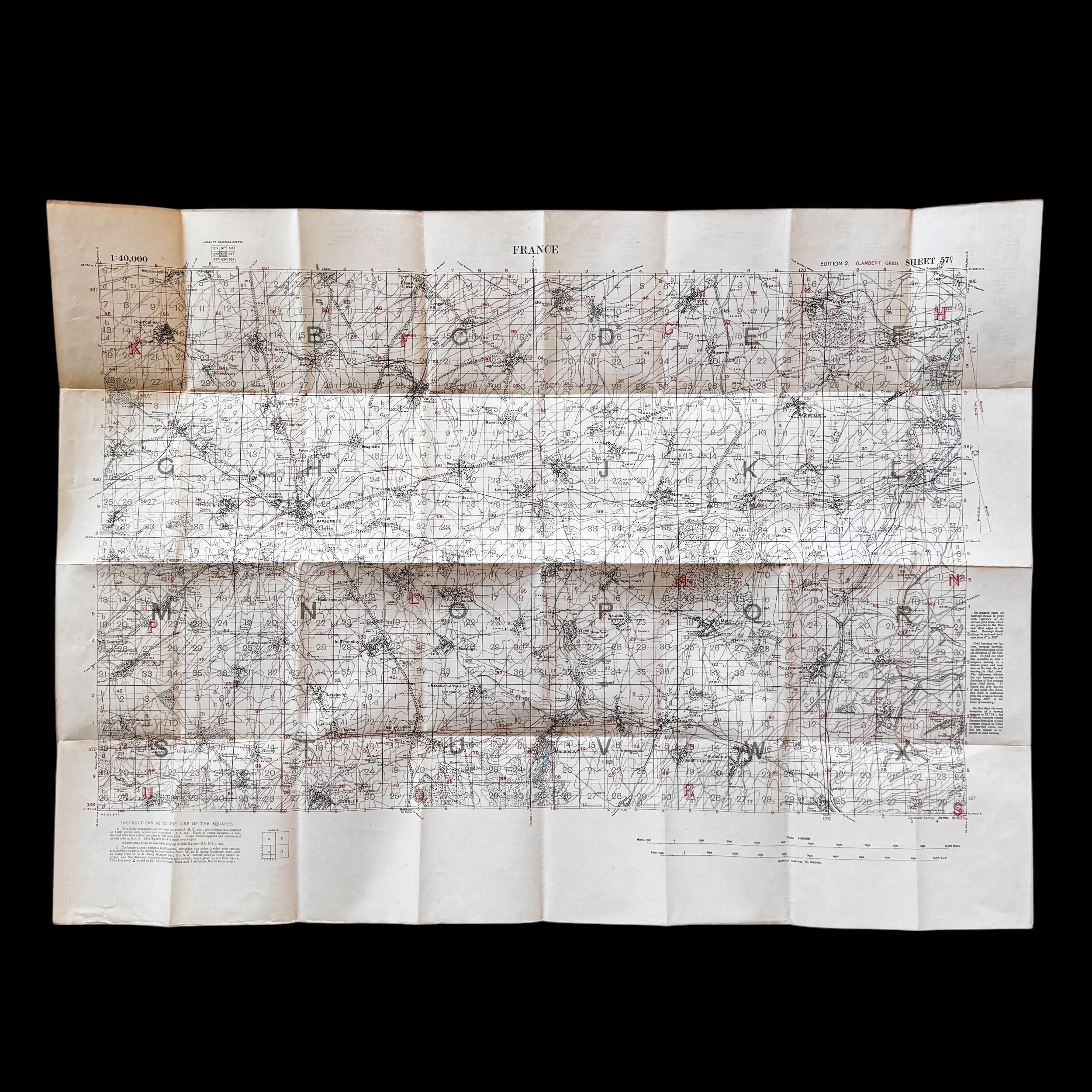
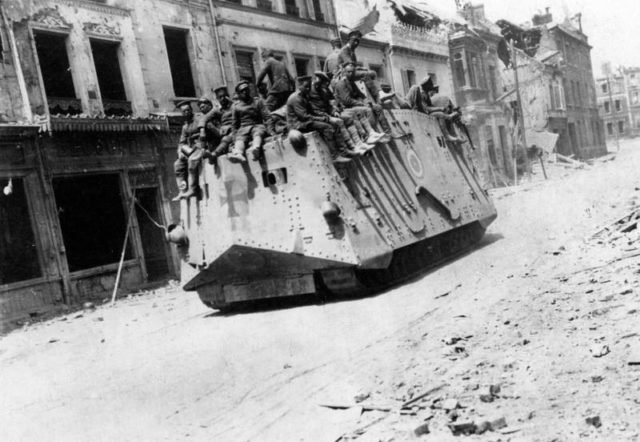
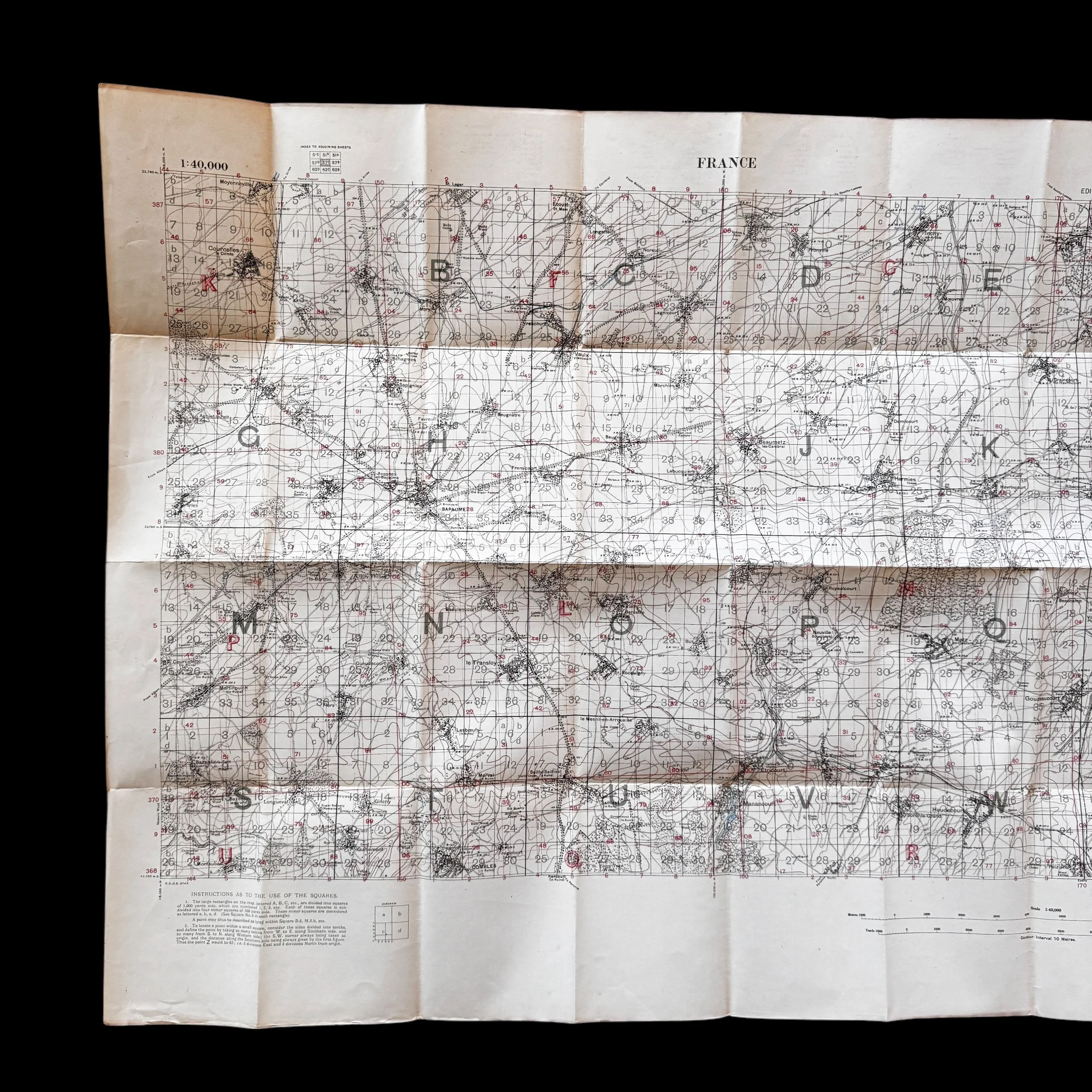

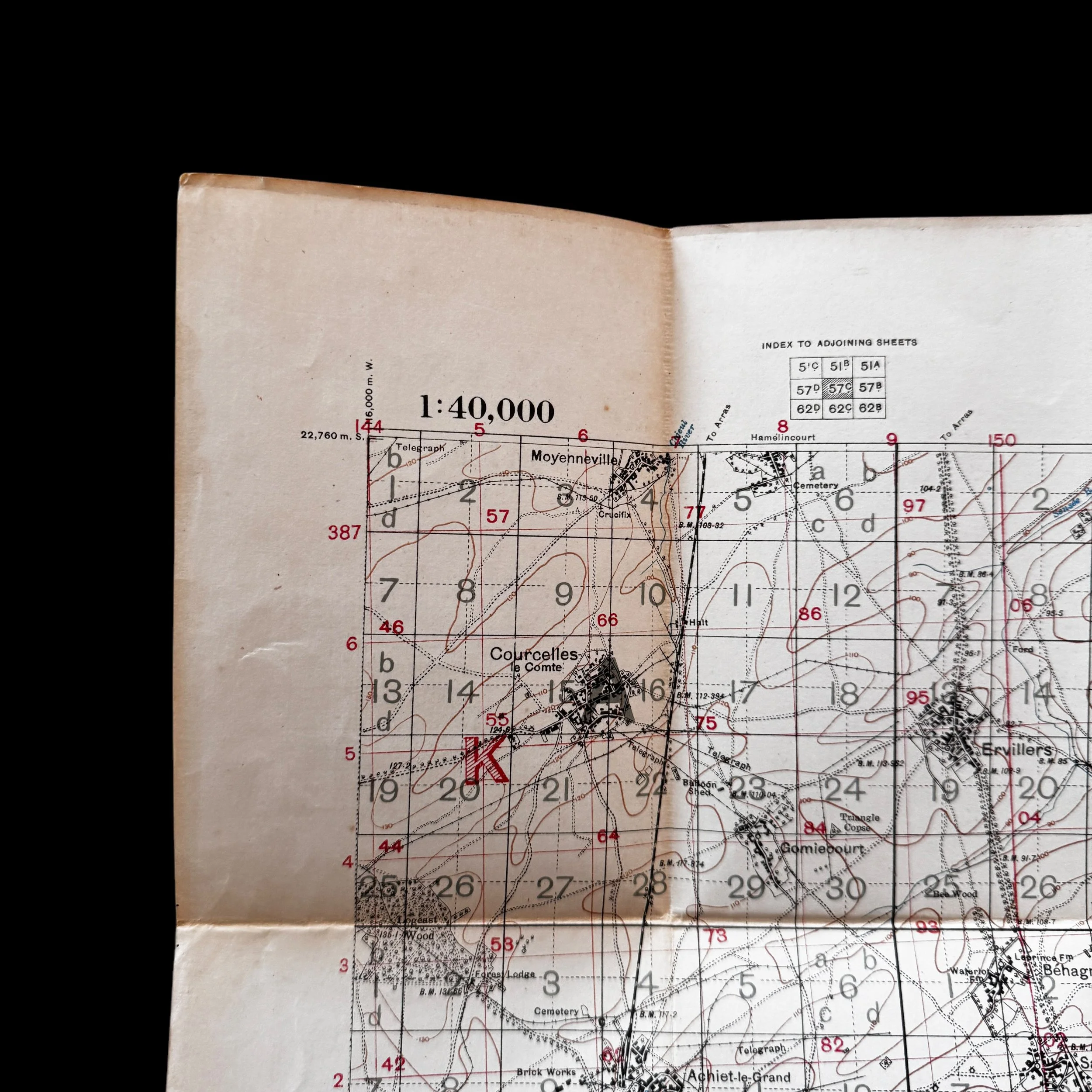
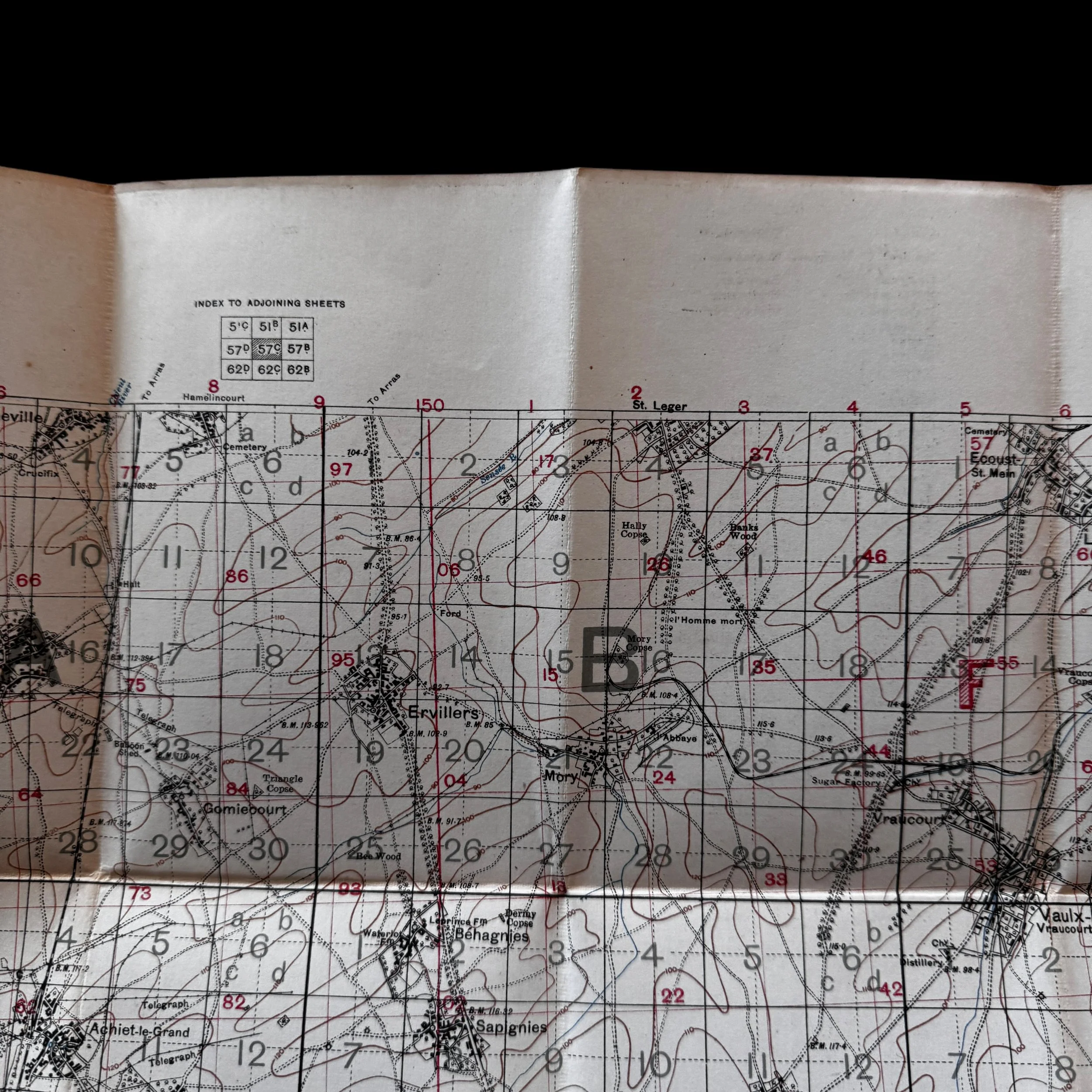
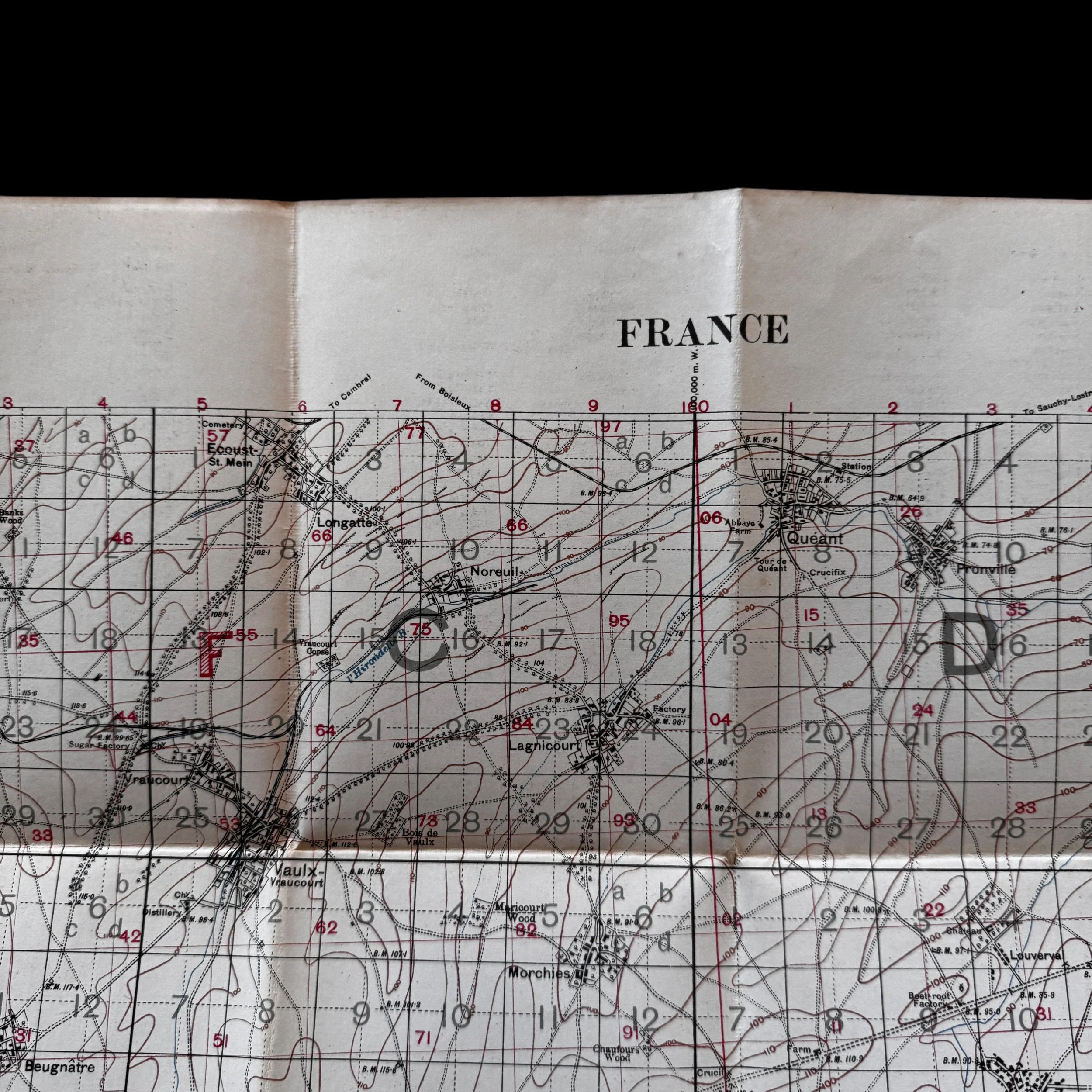
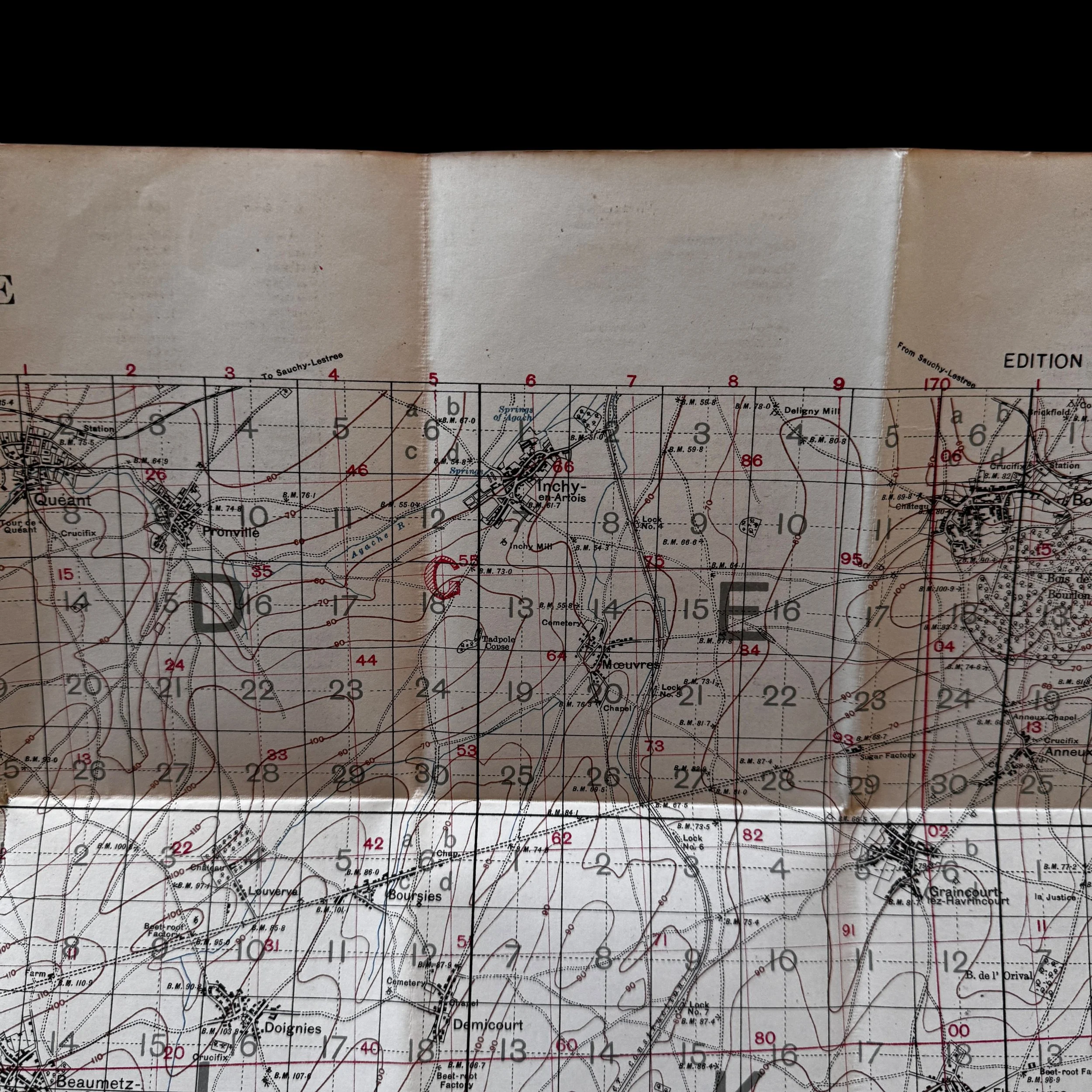
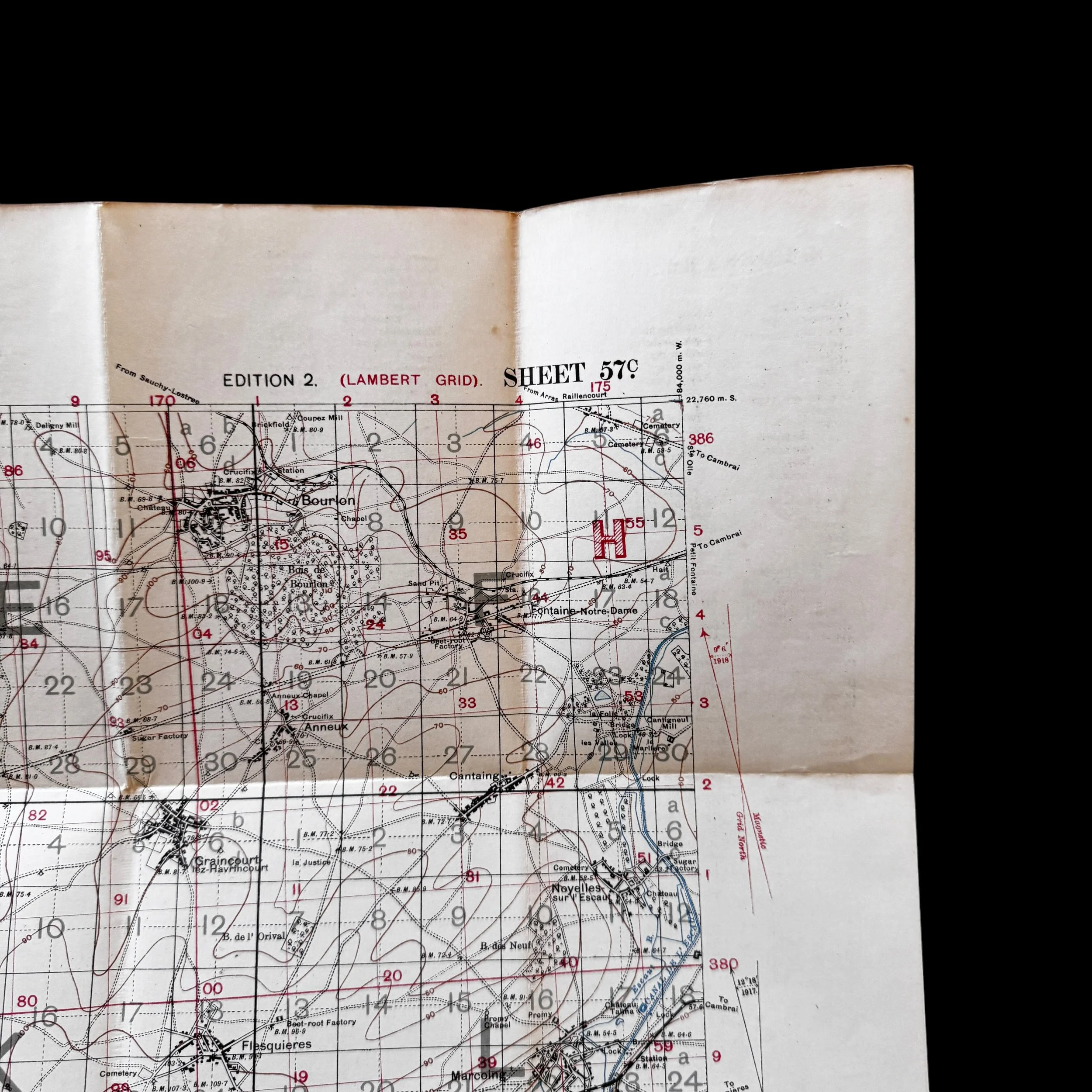
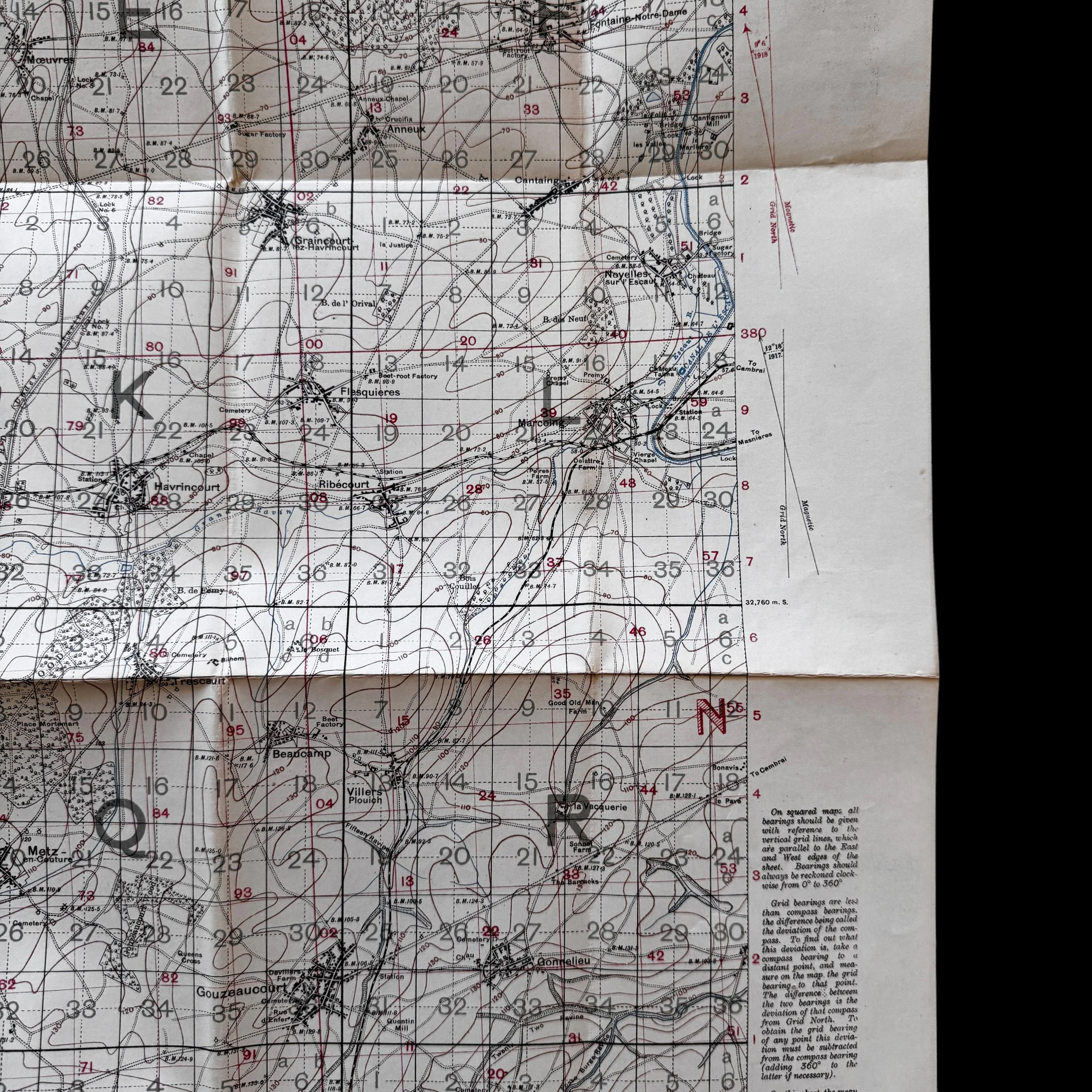
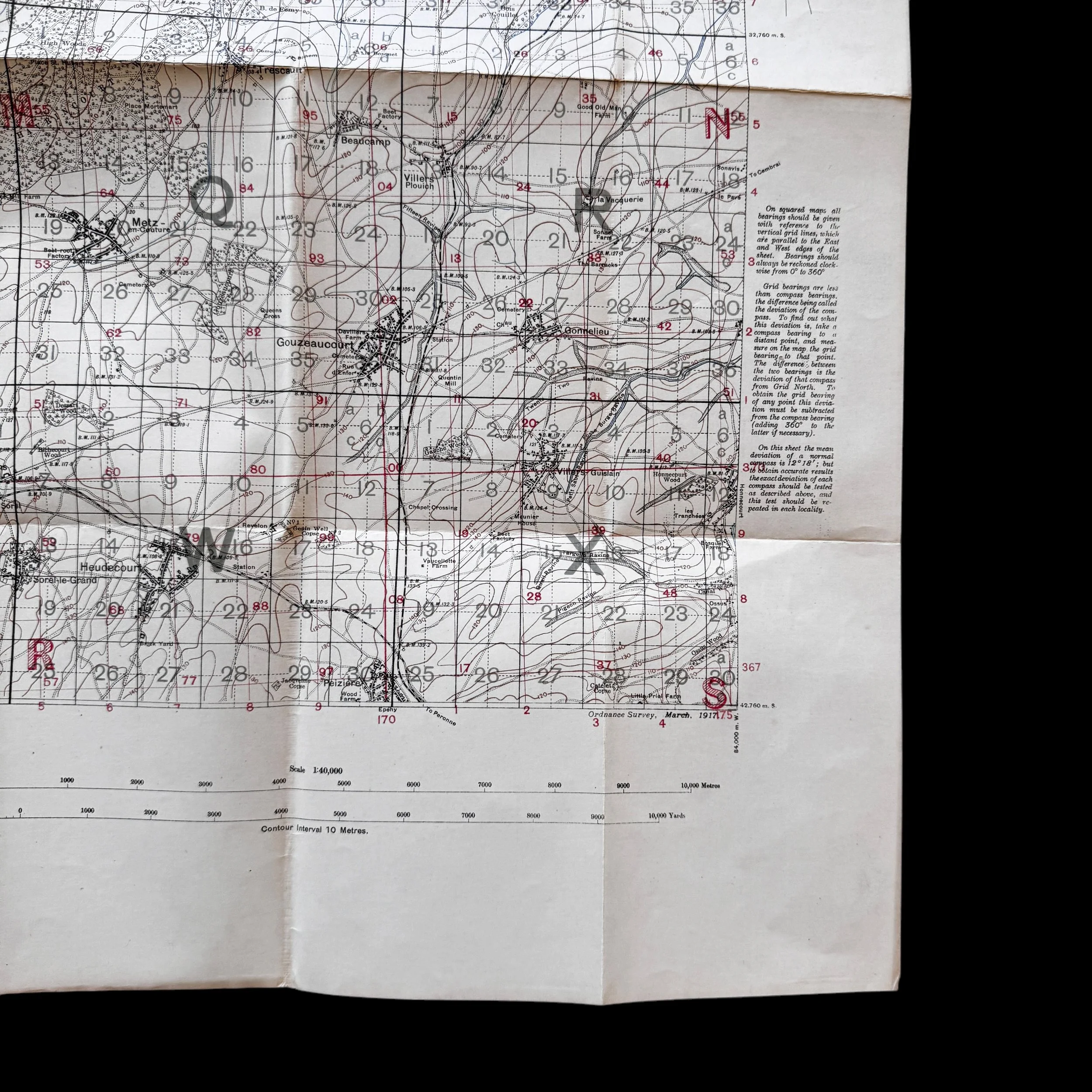

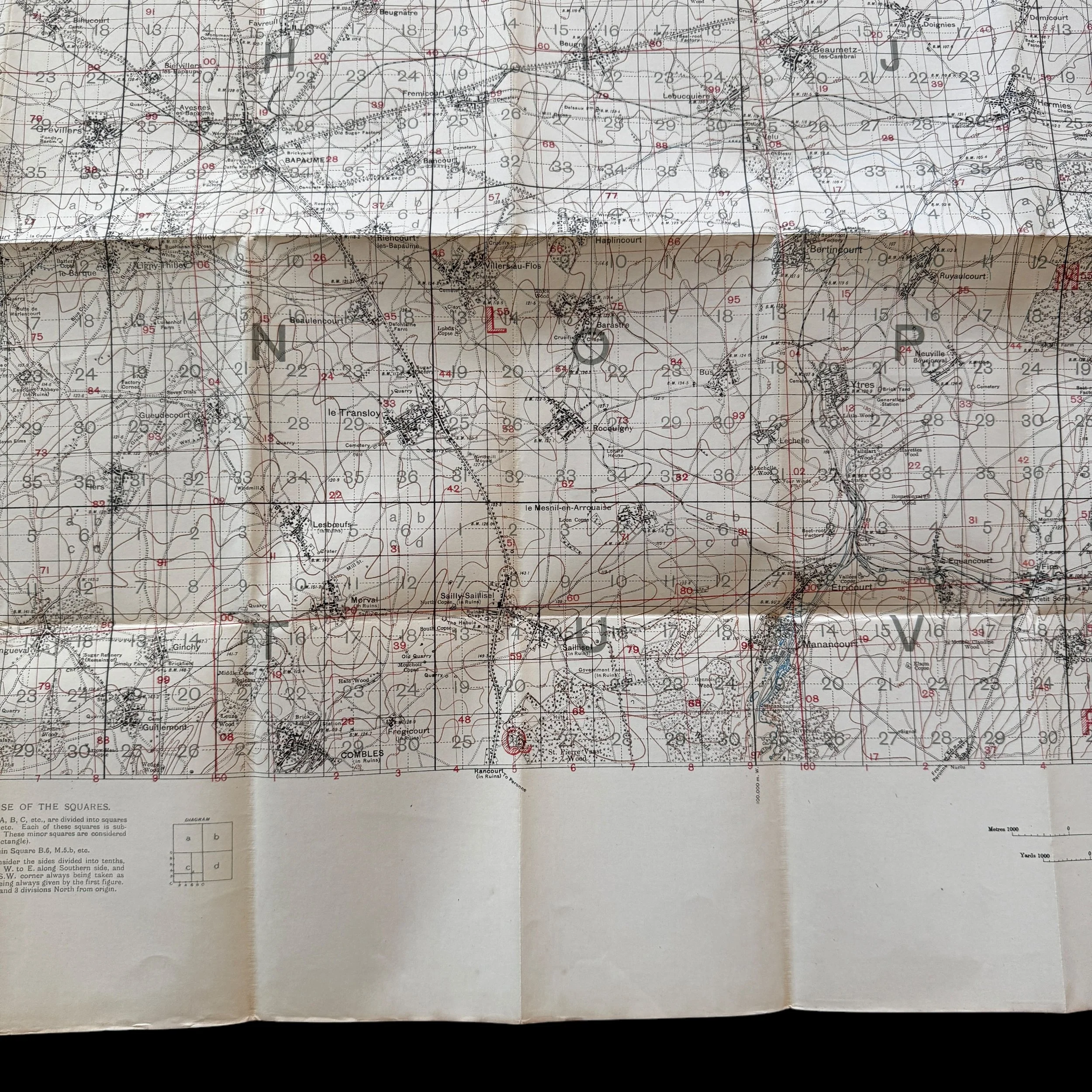

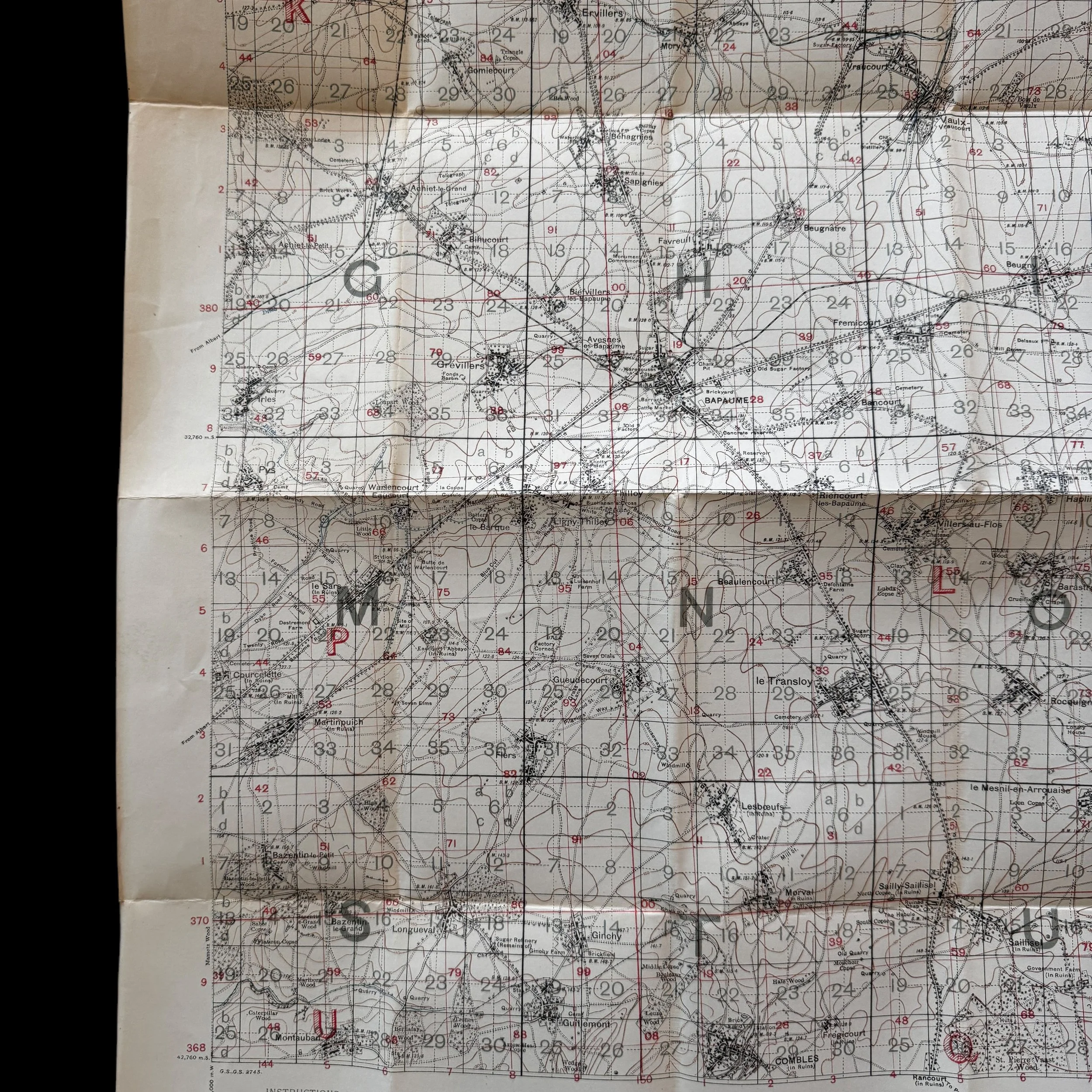
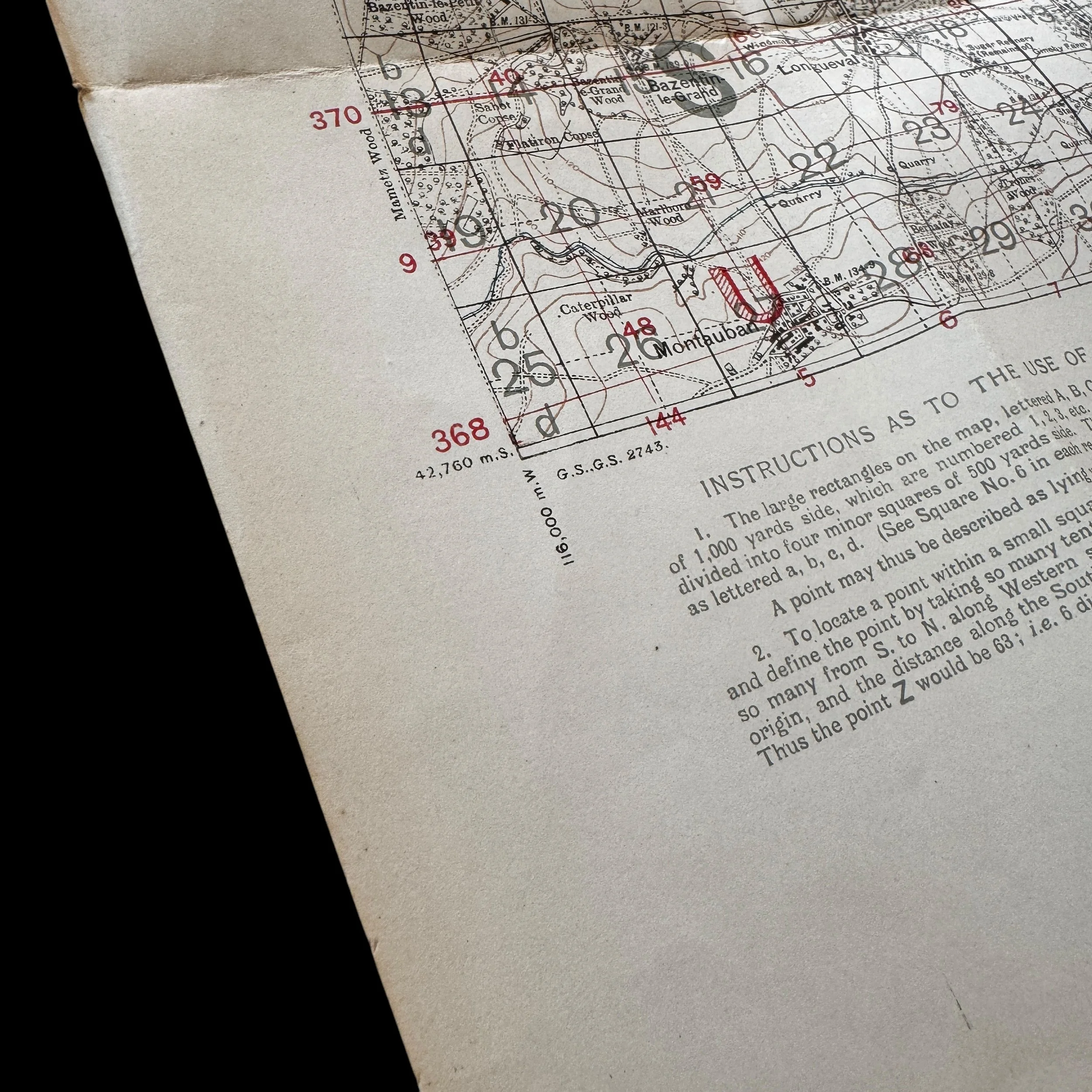
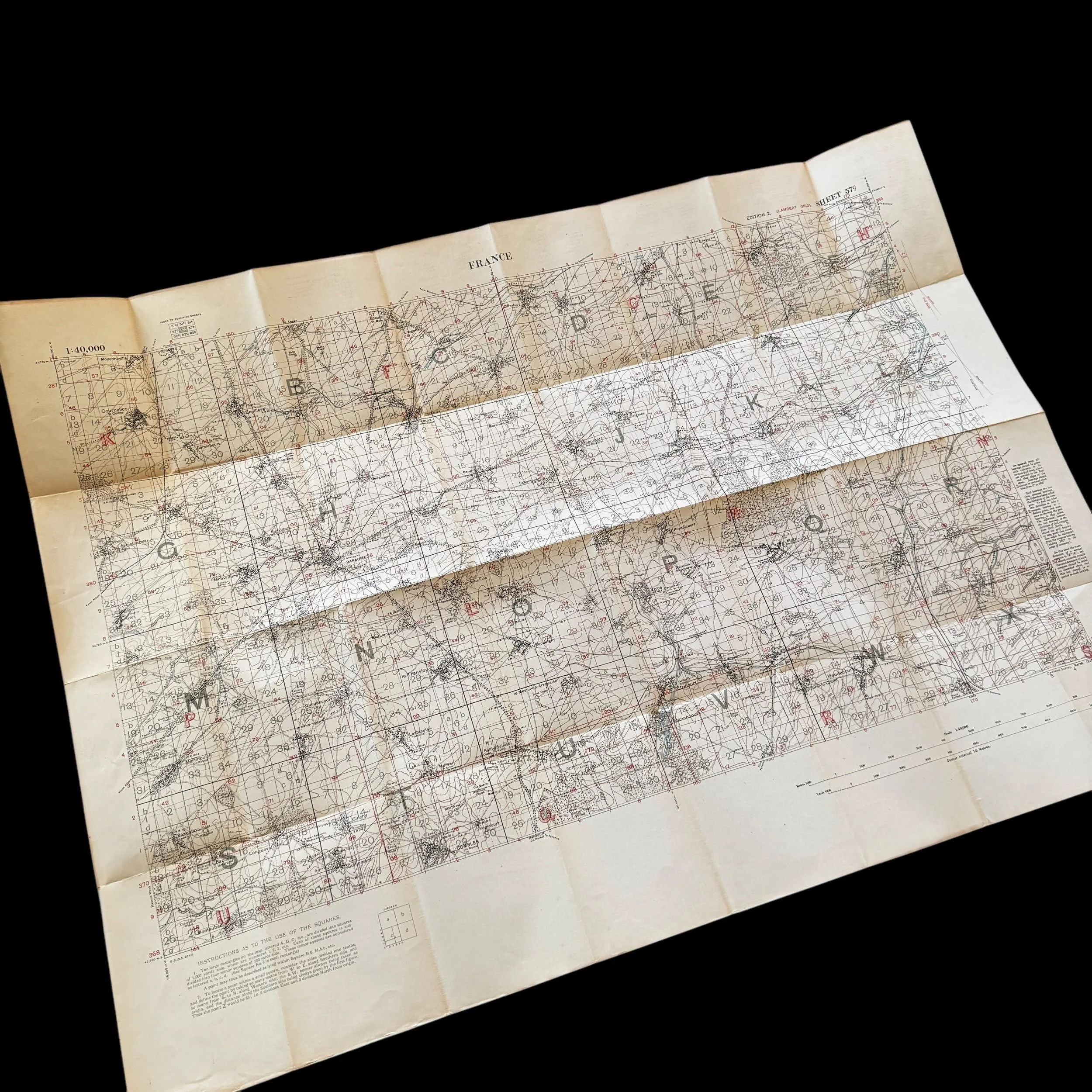


RARE! Original 1917 Western Front "Manancourt & Metz" British Expeditionary Force (B.E.F.) Battlefield Infantry & Artillery Combat Map
Comes with a hand-signed C.O.A.
Size: 27 × 35 inches
This extraordinarily rare, museum-grade World War I artifact is an original British Expeditionary Force (B.E.F.) battlefield map brought back from France. A true piece of wartime history, this First Edition map, dated March 1917, was an essential tool for combat operations, meticulously designed to serve both as a combat infantry navigation map and an artillery firing grid map. It features an intricate square gridding system, allowing for precise coordination of troop movements, artillery barrages, and strategic positioning on the Western Front.
Maps of this nature were carried into battle by British, and Canadian Expeditionary Force soldiers, who relied on them daily to navigate the war-torn landscapes of France. Used in the trenches and command posts alike, these maps played a critical role in ensuring battlefield effectiveness, guiding troops through complex networks of fortifications, shell craters, and shifting frontlines.
Given the high rate of attrition and damage in the brutal conditions of World War I, surviving examples of these maps are exceptionally rare—most were heavily worn, destroyed in combat, or discarded after the war. This particular map represents a rare survivor of the Great War, an authentic and historically significant artifact that offers a tangible connection to the experiences of soldiers who fought in one of the most grueling conflicts in modern history.
An invaluable piece for serious collectors, historians, or museums, this map stands as a remarkable testament to the ingenuity, resilience, and strategic planning that defined the battlefields of World War I.
The Battles and Strategic Operations in Manancourt and Metz: 1917-1918
The years 1917 and 1918 marked a critical period in World War I, as the conflict in France reached new levels of intensity. Among the key regions of combat were Manancourt, a small village in the Somme region, and Metz, a strategically vital city in northeastern France near the German border. Both areas became focal points of fierce engagements as the Allies and the German Empire fought for control, with shifting lines and evolving tactics defining the battles.
Manancourt, situated in the Somme sector, was part of the broader German defenses known as the Hindenburg Line. By early 1917, German forces, recognizing the untenability of their previous positions, had begun a strategic withdrawal to more fortified defenses along this new line, which was intended to shorten their front and concentrate their forces. The British and French, following up on the retreat, launched a series of probing attacks to test the German positions. Manancourt, though a relatively small village, became a significant point of contention as the British attempted to push through the defensive network the Germans had established. The British operations in this sector were largely connected to the ongoing engagements at Bapaume and Cambrai, both of which were essential in the push against German-held territory.
The Battle of Cambrai in November 1917 played a crucial role in shaping operations near Manancourt. The British employed tanks in a mass assault for the first time, breaking through sections of the Hindenburg Line. Though the initial success of the offensive demonstrated the potential of armored warfare, German counterattacks regained much of the lost ground, reinforcing the idea that breakthroughs still required sustained infantry support. The Germans, having weathered the British advances, refortified their positions near Manancourt, preparing for future engagements.
The spring of 1918 saw the launch of the German Spring Offensive, or Kaiserschlacht, which aimed to decisively end the war before American reinforcements could tip the balance in favor of the Allies. This offensive saw the Germans target various points along the Western Front, attempting to drive a wedge between British and French forces. While much of the initial thrust was concentrated further north in the Somme and Lys offensives, areas such as Manancourt remained critical as German forces sought to exploit any weaknesses in the British defensive lines. However, the offensive ultimately faltered due to logistical challenges and the stiffening resistance of the Allies.
Metz, on the other hand, had been under German control since the Franco-Prussian War of 1870–71 and served as a heavily fortified stronghold within the German Empire. The city and its surrounding defenses were integral to the German military’s ability to maintain a firm grip on northeastern France. By 1918, as the tide of war began shifting in favor of the Allies, Metz became an increasingly important objective. Though direct assaults on Metz were not the primary focus of American and French forces, its position made it a key strategic target as the Allies advanced during the final stages of the war.
The American Expeditionary Forces (AEF), under General John J. Pershing, played a significant role in the latter campaigns of 1918. With the successful reduction of the Saint-Mihiel Salient in September 1918, the Allies were able to threaten Metz more directly. The Battle of Saint-Mihiel saw the first independent American offensive of the war, with U.S. forces effectively pushing back German troops in a well-coordinated attack. This victory paved the way for further operations, including the Meuse-Argonne Offensive, which was the largest American engagement of the war. While Metz itself was not directly assaulted during these offensives, it remained a critical point of German defense, with its fortifications posing a challenge to any potential advance.
As the war drew to a close, Metz ultimately fell back into French hands as part of the post-war territorial settlements. The signing of the Armistice on November 11, 1918, effectively ended hostilities, and the Treaty of Versailles in 1919 formally restored Metz and the surrounding Alsace-Lorraine region to France. The fighting in and around Manancourt and Metz during 1917 and 1918 had been emblematic of the larger struggles on the Western Front—brutal, attritional, and ultimately decisive in shaping the outcome of World War I.